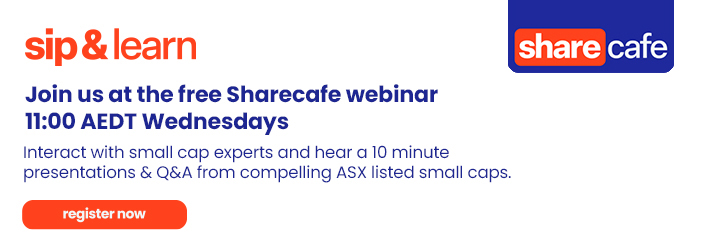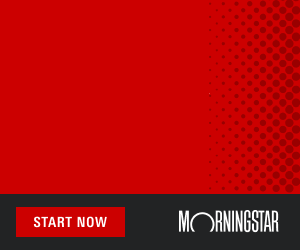A 25% plunge in the price of Snap shares in a matter of minutes after hours on Thursday was not a sight investors would have wanted to see ahead of a big quarterly reporting week for majors like Meta, Alphabet, Amazon, Apple, Twitter and Microsoft.
A shock downgrade a week or so after reaffirming guidance with its first quarter earnings in late May saw Snap (Snapchat) shares crater – and it has been the same since then with a series of weak earnings, weak or no guidance and a weakening share price.
Thursday was no different – a weaker than expected set of figures for the September and down went the shares 25.3% in afterhours trading.
Trading in Snap shares post-results has become a form of Pavlovian investing – wave a bad set of figures and the shares sell off.
This time the report also undermined the brittle optimism about tech stocks that emerged after the better-than-expected quarterly report from Netflix this week.
It’s all about online advertising and Snap has become something of a ‘canary in the online ad market’ because of its dependence on revenue and income from that business.
Since May it has been reporting weak to no growth in online advertising – certainly nowhere near the confident levels earlier in the year and that weakness has been seen elsewhere, especially for giants like Meta (Facebook), Alphabet (Google) and Twitter.
Twitter, Meta, Apple, Amazon and Microsoft all report quarterly earnings next week – all are involved in the online ad businesses – Microsoft, Apple and Amazon are competing with Alphabet (Google) in selling ad services and placing them online.
As well, Snap’s warning should be heeded by the struggling old line media companies that have grown to depend on online/digital ad revenues – the likes the New York Times, News Corp’s papers in the US, UK and Australia, Fox’s TV businesses and Fox News, those of Comcast (NBC), Disney, Nine Entertainment and Seven West Media in Australia, Paramount in the US, UK and Australia (Ten) and dozens of others
Twitter, Meta / Facebook / Instagram and TikTok (along with Snap) are the places where companies like to advertise and have in growing numbers till this year.
The crunch might be linked to the unsettled economic conditions in the US but the real dampener has been Apple’s new security system that prevents advertisers from following Apple device owners
(My new MacAir tells me it is blocking upwards of 200 companies/advertisers and others a week from following me, which stops them profiling and targeting ads at me online – and I am not on Facebook, Snap, TikTok or Instagram.)
Tellingly Snap’s third-quarter revenue grew 6% from a year earlier, the first time growth has slid into single digits since the company’s public market debut in 2017.
But even as it reported a surprise adjusted (non-standard) profit, Snap’s net loss surged 400% to $US360 million, partly due to a $US155 million restructuring charge.
Daily active users increased a solid 19% year-over-year, showing the company is still able to attract people to the service despite the struggles on the business side. Average Revenue Per User (ARPU) was down 11% to $US3.11 which tells the story of weakening engagement by users.
In August, Snap announced that it would lay off 20% of the company’s 6,000 or so employees as part of a major revamp to slash costs. Severance and related costs made up a big part of that $US155 million restructuring charge.
“This quarter we took action to further focus our business on our three strategic priorities: growing our community and deepening their engagement with our products, reaccelerating and diversifying our revenue growth, and investing in augmented reality,” Snap CEO Evan Spiegel said in a statement.
User growth “continues to expand our long-term opportunity as we navigate this volatile macroeconomic environment,” he said.
But the fact that Snap also said in a letter to investors that it would not give guidance for the second straight quarter tells us all the confident talk is just hype.
“Forward looking revenue visibility remains incredibly challenging, and this is compounded by the fact that revenue in Q4 is typically disproportionately generated in the back half of the quarter, which further reduces our visibility,” the company said.
The company added that it’s “likely that year-over-year revenue growth will decelerate as we move through Q4, due in large part to the fact that Q4 has historically been relatively more dependent on brand-oriented advertising revenue, which declined slightly on a year-over-year basis in the most recent quarter.”
Snap shares have lost over three-quarters of their value this year and are down more than 30% since July, when the company reported second-quarter results that also missed.
As in the second quarter, Snap’s board authorised a stock repurchase program of up to $US500 million. The company had $US4.4 billion in cash, cash equivalents, and marketable securities at the end of September.
Short of a shock rebound and improvement in economic activity, Snap’s outlook is very weak and with the share buyback the only positive support the share price, the company appears to be slowly running down its cash reserves to keep afloat.
Next week will answer investor questions about how widespread the damage is in online advertising – if it is a big factor, watch the finger pointing at Apple increase. But with global subscriber numbers to its devices and services approaching 900 million and over 1.7 billion devices in the market, Apple doesn’t really care.
Apple at $US2.31 trillion is now worth more than double Amazon ($US1.17 trillion) which was supposed to be the big disruptor. Alphabet has moved past Amazon to be worth $US1.3 trillion. Microsoft is worth $US1.76 trillion.
Apple can do what it wants to protect its subscribers, even if it forces the likes of Snap, Facebook, Instagram and others to suffer in the process.
After the growing number of hacking scandals, Apple’s stance will get more and more support and that means tough times for those companies that target us and exploit us online, such as Meta (Facebook) and Tik Tok.




